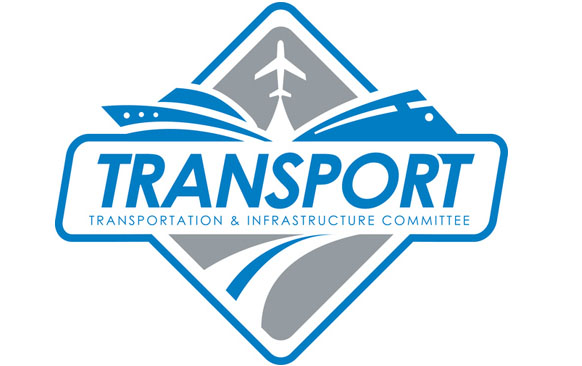Wanted: Congressional leadership on a long-term infrastructure bill
Given the relatively historical glacial pace of national infrastructure plans, bills, or otherwise: does it really matter? I say that somewhat tongue-in-cheek, but, seriously, I am pretty sure we have heard it all before at this point.

A report published this week in The Hill indicated that Rep. Bud Shuster (R-PA), the outgoing House Transportation and Infrastructure Committee Chairman, is working on a national infrastructure bill.
This leads to one basic question, given the relatively historical glacial pace of national infrastructure plans, bills, or otherwise: does it really matter? I say that somewhat tongue-in-cheek, but, seriously, I am pretty sure we have heard it all before at this point.
It goes something like this: a long-term national infrastructure bill is needed to repair the degrading physical condition of our nation’s roads, bridges, highways, ports, tunnels, and so on; the bill needs to match up with expected gains in population and economic and freight growth, and it needs a concrete funding plan that receives support from both sides of the aisle.
Sounds “easy,” right? Well, maybe it would be were it not so challenging.
And there are many challenges, of course, but at a certain point, especially now, this really has the feeling of a broken record, given the obstacles, conflicts, in-fighting, and Congressional stubbornness (a bipartisan issue to be sure) that resonates in basically every aspect of crafting legislation.
Circling back to The Hill article regarding Shuster’s plan, it noted that “Shuster and other members of the House panel have long called for a sweeping infrastructure package, but GOP leadership has not shown much of an appetite for a comprehensive bill.”
And it also noted that earlier this year, House Speaker Paul Ryan said that President Trump’s infrastructure, plan, or, blueprint, is not likely to come in the form of a sweeping, multi-year, multi-billion dollar bill, as he stated while on the campaign trail and not long after initially taking office, but instead would be made up of close to a half dozen individual bills.
But that does not really come as a surprise, especially when considering that it has been pretty well stated for a while now that the White House has no current plan to roll out an infrastructure bill. Match that up with the coming mid-term elections and the ongoing political dysfunction and that makes it all less than surprising. And it also serves as another reason not to get all that excited about the fate or direction of Shuster’s bill. Nothing against Shuster at all, he has a very good track record on transportation issues. This, instead, has to do with a lack of political will to get things going. That, in turn, has led to a feeling of malaise and interminable confusion and wondering over whether a long-term bill will ever get passed. This leads to the question: if a bill gets passed, when exactly will that be and what exactly will be in it?
Last month, LM Contributing Editor John Schulz wrote that a long-term infrastructure bill requires careful planning, political will and, most importantly, billions of dollars, all things that appear to be in short supply in Washington at the moment.
And as mentioned above, this has made infrastructure an “early casualty of Washington’s fixation on the November mid-term elections,” with key political figures like Ryan and Mitch McConnell signaling that Trump’s $200 billion federal infrastructure plan is all but dead for this year.
Need more convincing of how far we need to go? Consider this comment from Jim Burnley IV, a partner with the Venable Inc. law firm in Washington, who was Transportation Secretary under Ronald Reagan: “working on an infrastructure program in an election year is a neat political trick—and one just not possible in the current political climate.”
That pretty much says it all. We all know what needs to be done. It would be great to see our elected officials actually acknowledge it and get something done. Hey, we all can dream, right?

Article Topics
Motor Freight News & Resources
Shipment and expenditure decreases trend down, notes Cass Freight Index March trucking tonnage trends down, reports ATA FTR Shippers Conditions Index enters negative territory DAT March Truckload Volume Index sees modest March gains National diesel average, for week of April 22, is down for the second straight week LM Podcast Series: Assessing the freight transportation and logistics markets with Tom Nightingale, AFS Logistics XPO opens up three new services acquired through auction of Yellow’s properties and assets More Motor FreightLatest in Logistics
Shipment and expenditure decreases trend down, notes Cass Freight Index March trucking tonnage trends down, reports ATA FTR Shippers Conditions Index enters negative territory DAT March Truckload Volume Index sees modest March gains National diesel average, for week of April 22, is down for the second straight week UPS reports first quarter earnings decline LM Podcast Series: Assessing the freight transportation and logistics markets with Tom Nightingale, AFS Logistics More LogisticsAbout the Author
Subscribe to Logistics Management Magazine

Find out what the world's most innovative companies are doing to improve productivity in their plants and distribution centers.
Start your FREE subscription today.
April 2023 Logistics Management

Latest Resources














